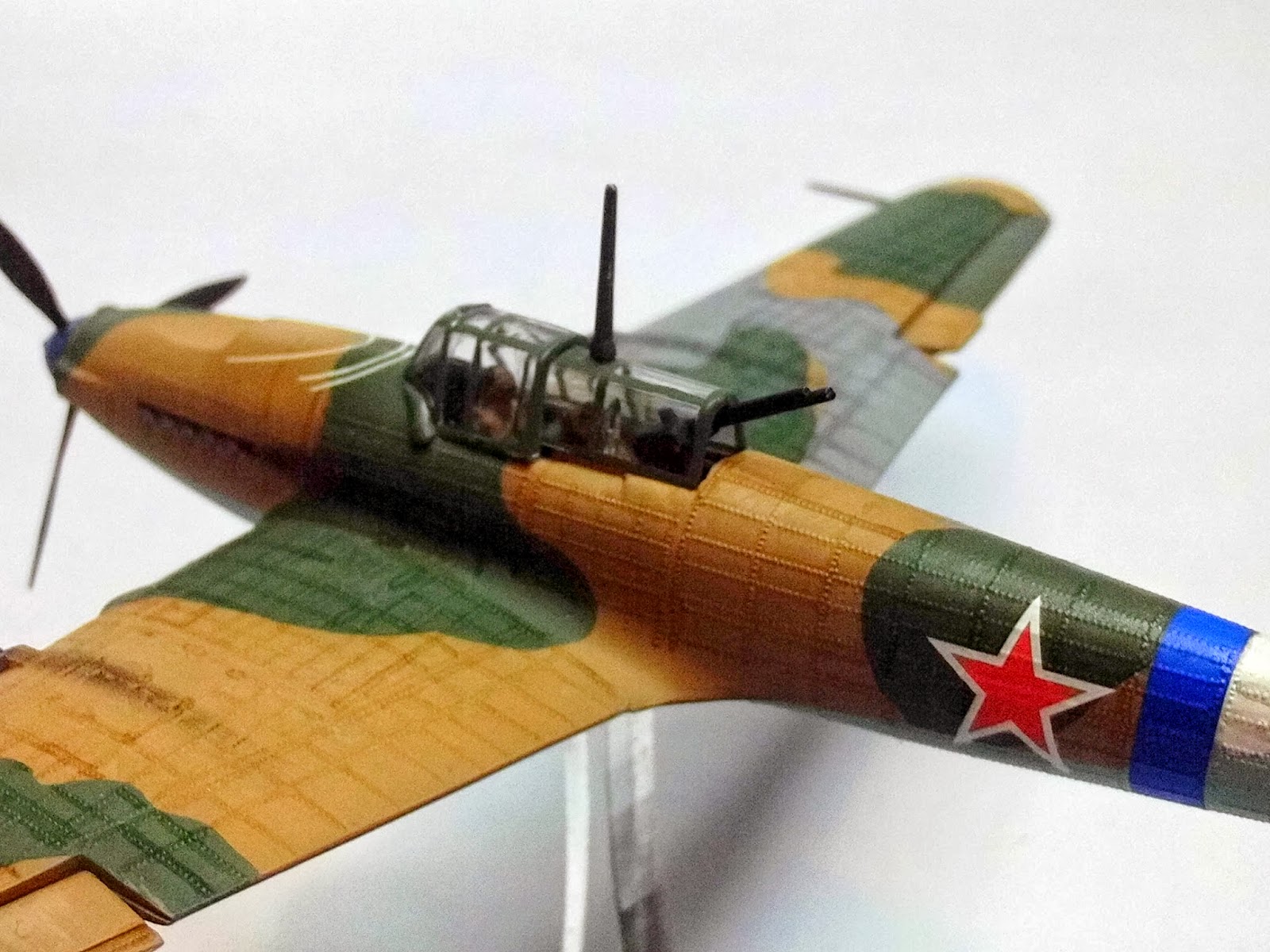Focke-Wulf FW189A
Wk.Nr.2100, 'V7+1H' of 1(H) 32 Luftwaffe, based at Pontsalenjoki, Finland May 1943
From the instruction leaflet:
"The FW 189A reconnaissance and army co-operation aircraft was known as 'The Flying Eye' and was one of the most important and most successful Luftwaffe types, especially on the Eastern Front. In service the FW 189A completely replaced all earlier tactical reconnaissance and co-operation aircraft and was also used for light bombing missions. It proved extremely reliable and its ability to absorb punishment and defend itself made it extremely popular with its crews. When FW189 construction ended in 1944 over 800 had been built, most of which went into action on the Russian Front. Powered by two Argus 410 engines of 465 h.p. each the FW 189A-1 had a maximum speed of 217 m.p.h. and a range of 416 miles. Armament consisted of four 7.9mm machine guns and up to 440lbs of bombs. Wing span was 60ft 4 1/2ins and length 39ft 5 1/2 ins."

Plastic airplanes by Airfix were probably for
most young males, of a certain age in the UK at
least, the first introduction to scale modelling. I still have fond memories of
walking to the local newsagent, holding my pocket money in my sweaty little hands, to buy either an Airfix or Matchbox model. It was in fact an advert for a Tamiya scale
model that rekindling my interest in modelling/painting/gaming after two
decades of apathy towards my childhood hobby. Therefore this may possibly
be the first model airplane I've ever actually finished properly. As a kid I rarely
painted models, I just made them as quickly as possible to play with them.
There's not a lot I can add to this piece really. The twin fuselages required a fair amount of filling and sanding but it is an attractive and interesting looking model.
There no real secret to painting the framework on the glass canopy apart from keeping a steady hand. It results in a far better looking model than if left simply blank. I painted the crew because they are so visable.
I built this (and the next two models) with games of Bolt Action in mind. Although not necessary they make a nice visual marker for air attacks during play. As mentioned in the official blurb this plane saw a lot of action on the Eastern Front so it will be ideal for playing games invloving Germans, Italians against the Russians.
The stand is an acrylic base made by Ade
with a small magnet attached. A corresponding magnet was then superglued to the
underside of the plane (make sure you get the polarity right or it will never
work). This way one base can be used for several aircraft.




















